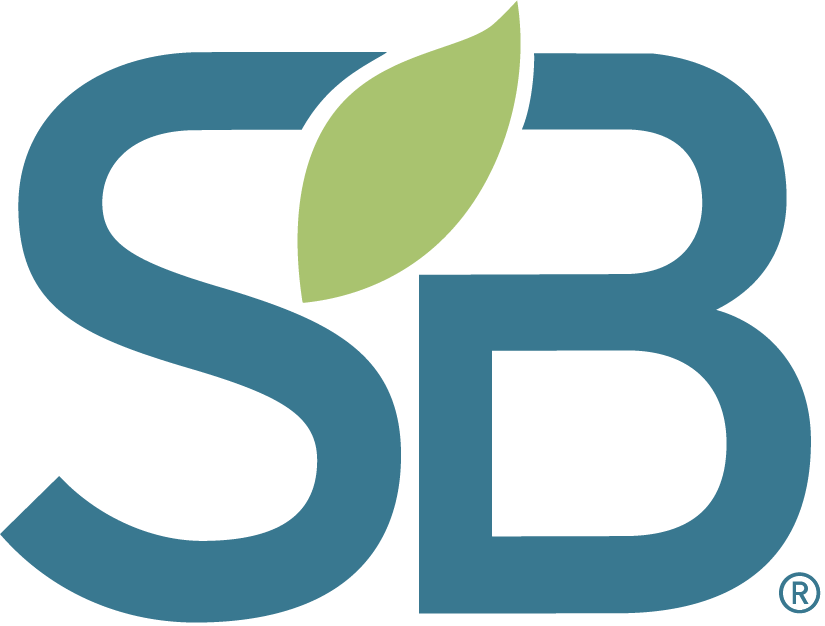The Good Life research was conducted in two main stages, starting with a qualitative, exploratory phase and moving to a quantitative stage. The qualitative portion leveraged Harris Poll’s QuickQuery online omnibus to mine what The Good Life means to U.S. adults. The survey was conducted online within the U.S. by Harris Poll in conjunction with Sustainable Brands, supported by Ketchum. April 10–14, 2017.
Exploratory Stage
A total of 2,145 interviews were conducted among U.S. adults 18+. Survey participants were asked two open-ended questions:
1) When you hear the phrase “the good life,” what does it mean to you? and
2) Next, we’d like you to think about what The Good Life meant to your parents when they were growing up. In what way would your parents’ definition of The Good Life be different from how you define it?


Qualitative Stage
The qualitative results were subsequently used to define the Elements of the quantitative survey, which was administered to 1,074 U.S. adults online. The data were weighted to ensure that relevant demographic characteristics of the sample matched those of the U.S. general population. All respondents (not only those who met the qualifying criteria) were weighted to U.S. Census Bureau demographic profiles for the U.S. population 18+ on gender, age, region, education, income and ethnicity. Propensity score weighting was used to adjust for respondents’ propensity to be online.
Key Elements from the data were weighted using the maximum-difference scaling technique (max-diff). Key insights from the data was analyzed by leaders from Sustainable Brands, Carol Cone On Purpose and Harris Poll and are synthesized in this report. Future research will look to take The Good Life questionnaire internationally and collect data on how The Good Life changes globally. Furthermore, these research methods may be repeated in coming years so as to spot trends in shifting conceptions of The Good Life over time.


